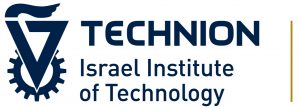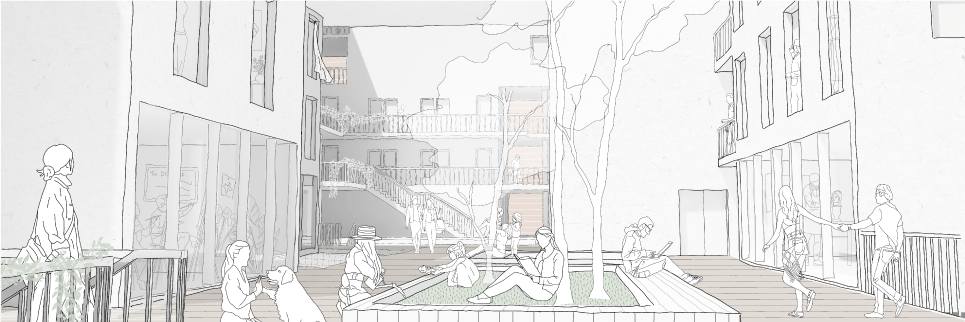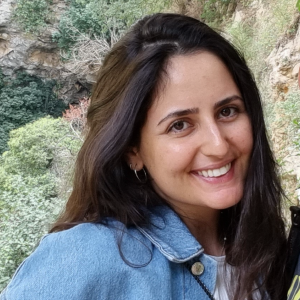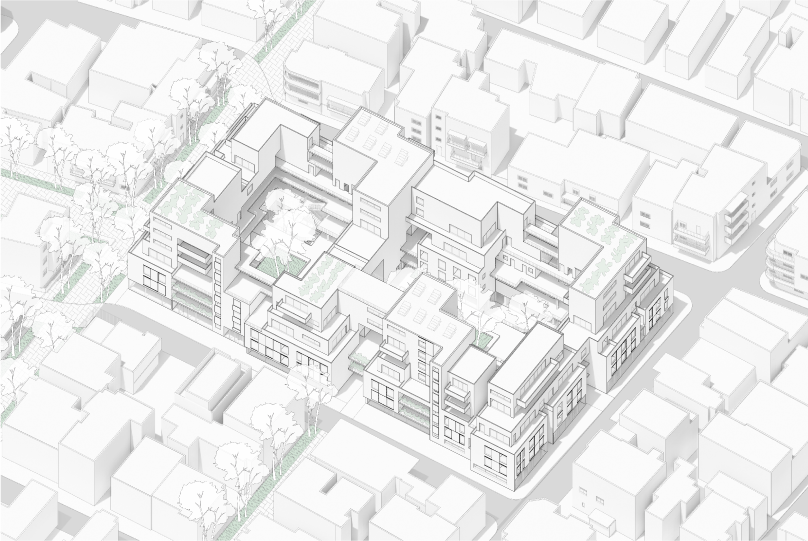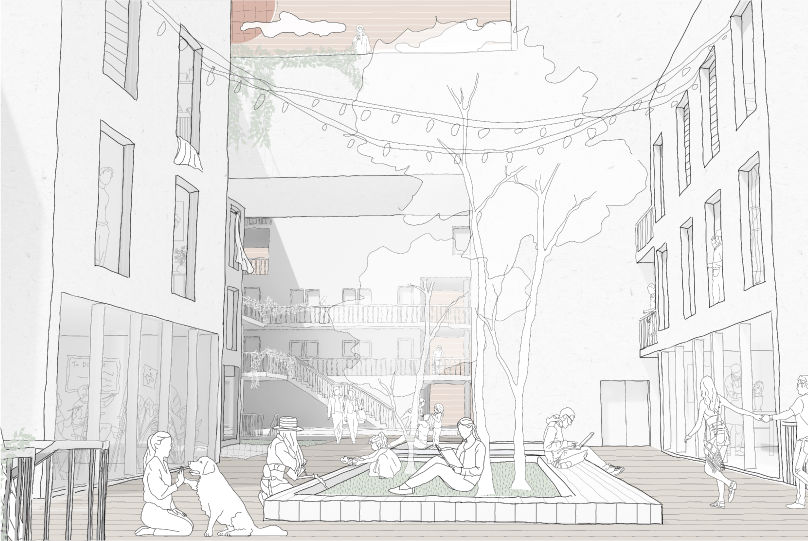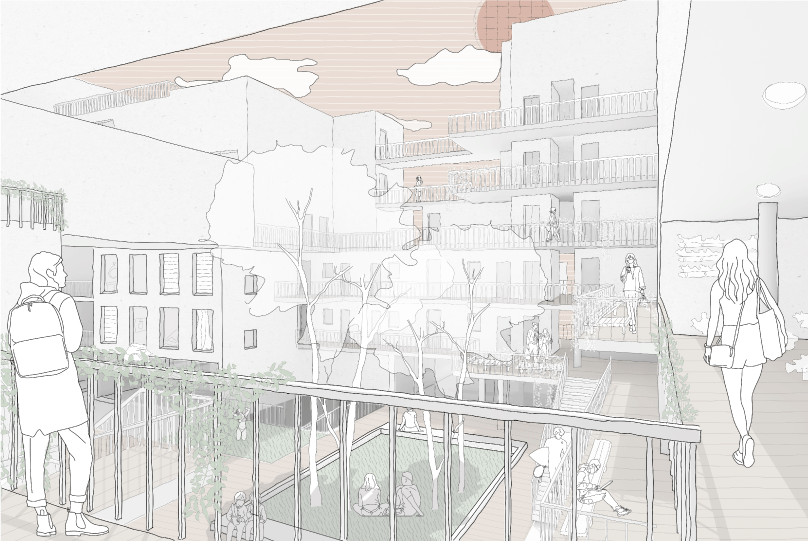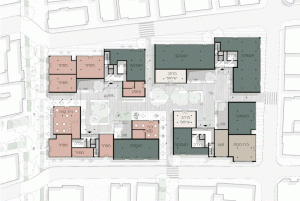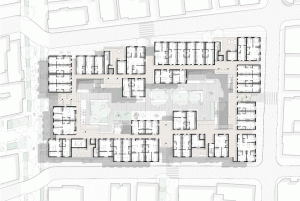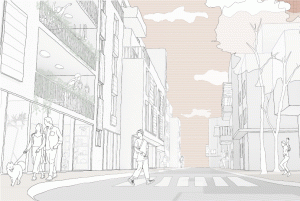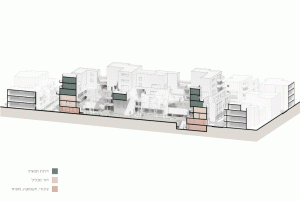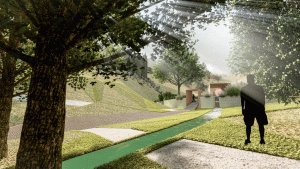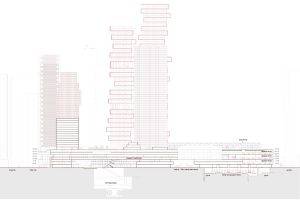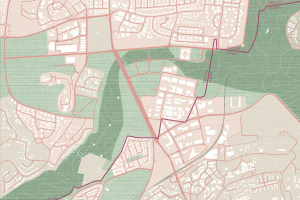Tikva in the Neighborhood: A Unique Urban Renewal in the Tikva Neighborhood, Tel Aviv
Tel Aviv was recently labeled the most expensive city in the world. When the supply of apartments does not meet a city’s demand, housing prices rise and it gradually becomes a place only for the rich. Alongside the existing shortage and the expected population growth, there is a need for urban renewal in the built-up space in Tel Aviv to expand its housing supply and adapt the area to the population growth. Urban renewal as it is carried out today in Israel has become an economic engine that is driven by the profitability of the project entrepreneur. Profitability drives decisions regarding the potential location for renewal, the type of construction, and even the target population that will inhabit the project. Such renewal is sometimes contrary to the needs of the place, its character, and the local population, which in many cases is pushed out by the renewal process. The project asks, how can urban renewal enhance the diversity of the city’s population, given the rising cost of living?
The project focuses on the Tikva neighborhood in Tel Aviv, which the market forces have not yet taken over due to bureaucratic barriers caused by the “Musha,” or joint ownership of large areas. The neighborhood is not financially sufficient for investment and renewal and, as a result, has suffered from stagnation and neglect for decades. Today, the municipality is promoting a process of reparcellation in the neighborhood, which will solve these obstacles and make it economically viable for renewal. This raises questions about what will happen in the neighborhood after the subdivision and how the neighborhood, which could become a real estate gem, will maintain its character and allow for a variety of populations in a city that no longer allows for diversity.
The project generates hope in the Tikva neighborhood for a different kind of urban renewal that is adapted to the place, its characteristics, and its contemporary needs while creating human diversity and integration between populations. The project adds to the neighborhood a green layer of open spaces in a built-up and dense area that suffers from a lack of vacant spaces. In addition, the project builds out an existing building while still maintaining the scale that characterizes the building in the neighborhood in its current state. The new residential block will unite the local population and a new population in shared housing, with an allotment of affordable apartments and long-term rentals. The block produces a mix of uses that allocates the ground floor and the underground to public functions, commerce, and employment, with the aim of revitalizing the space and enabling an incentive for the entire project. The project is an engine for the renewal of the neighborhood space and is a focal point that ensures a place for everyone in a city that is becoming only for the rich.
